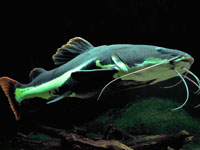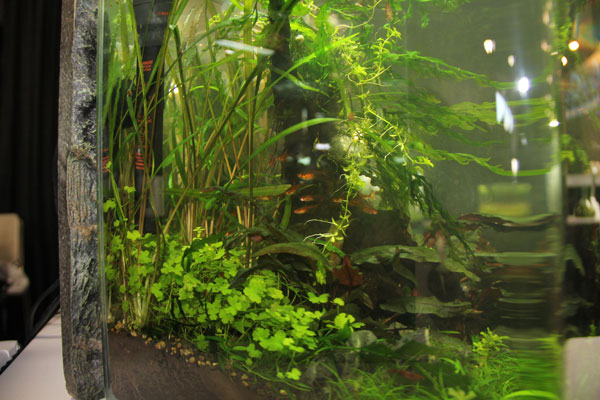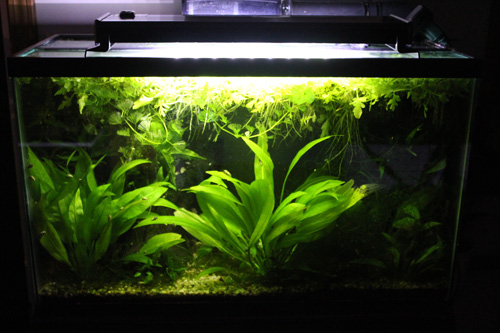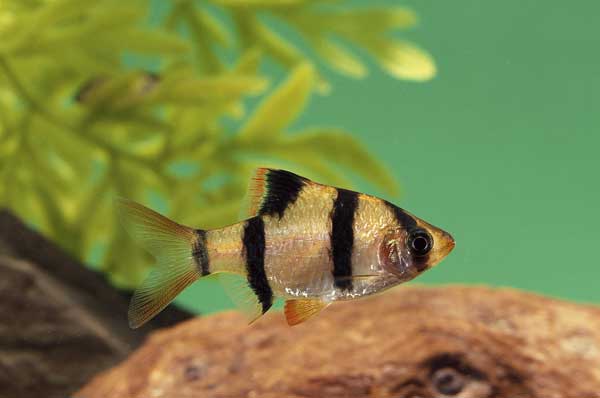
Q. My good friend has a 120-gallon freshwater aquarium. I would like to set up a 72-gallon bowfront aquarium. My friend suggested seeding my aquarium using water from his aquarium so that I could add new freshwater fish quickly. He said that if I used roughly 20 gallons of water from his established aquarium that within 24 hours I could be adding fish to my new aquarium. Does this method work?
Robert H. Conrad
Michigan
A. I am sure your friend has the best intentions and would like to see you get your system up and running as soon as possible. Many people, even fish shop owners, are proponents of setting up new aquariums using established aquarium water. But, this can often lead to problems. The logic is sound: if you take water already housing good aquarium bacteria and add it to new aquarium water the bacteria should multiply and quickly establish a bio-filter. Sadly, things often don’t work that easily. Once you start adding fish you would still see a nitrogen spike, perhaps not as severe a spike as you would have if you used regular tap water or filtered water, but likely a large enough spike to kill your new aquarium fish.
Beneficial bacteria use the filter’s media, the gravel bed and even the aquarium glass as mediums to proliferate. While bacteria do live in the aquarium water, the majority of the bacteria do their work from a surface. This is why bioballs, foam inserts, and even porous media like gravel are so popular in the aquarium hobby -- they act as home to millions of bacteria.
Some people have had luck by transferring established gravel beds, filter cartridges, decorations and other media from cycled aquariums. In these cases bacteria are already well established on a surface that is moved over to an aquarium that has equal water parameters to that of the old aquarium. One thing that may speed up the nitrogen cycle in your aquarium is filling some old cotton socks or filter media bags with gravel from your friend’s aquarium and floating those in the aquarium. You could also ask him to save a few of his old dirty filter cartridges. An established cartridge could yield a good bit of beneficial bacteria -- remember, the dirtier the better!
No matter which method you use, the nitrogen cycle in the aquarium will still begin. Testing your nitrate, nitrite and ammonia values is very important once fish are added. I would recommend attempting a fishless cycle of the aquarium. I have always found naturally cycling the water (fishless cycling) very effective. However, fishless cycling does take time and many aquarists dislike the look of an empty water filled aquarium. To fishless cycle an aquarium you can purchase a cocktail shrimp from a local supermarket and float it in the aquarium. The cocktail shrimp will help the accumulation of ammonia thus feeding the bacteria and starting the nitrogen cycle.
I wish I had better news, but the cycling part of an aquarium’s life is sometimes the most boring. Luckily though on the freshwater side it’s rather short and within 7 to 14 days your taquarium should be ready to support life -- just remember to stock slowly and monitor your parameters.
 Red-Tailed Catfish in Home Aquariums
Q. The owner of my local fish store (LFS) sold me a red-tail
Red-Tailed Catfish in Home Aquariums
Q. The owner of my local fish store (LFS) sold me a red-tail
 Innovations in the Aquarium Hobby
Fishkeeping has experienced a lot of progress throughout the
Innovations in the Aquarium Hobby
Fishkeeping has experienced a lot of progress throughout the
 Modular LED lighting for freshwater and marine aquariums
Aquarium manufacturers are shifting to LED lighting systems
Modular LED lighting for freshwater and marine aquariums
Aquarium manufacturers are shifting to LED lighting systems
 5 Great Freshwater Aquarium Fish
You have your aquarium all set up. The filter has been on fo
5 Great Freshwater Aquarium Fish
You have your aquarium all set up. The filter has been on fo
 Aquarium Fish Hiding Places
Imagine having to spend an extended period in a room w
Aquarium Fish Hiding Places
Imagine having to spend an extended period in a room w
Copyright © 2005-2016 Pet Information All Rights Reserved
Contact us: www162date@outlook.com